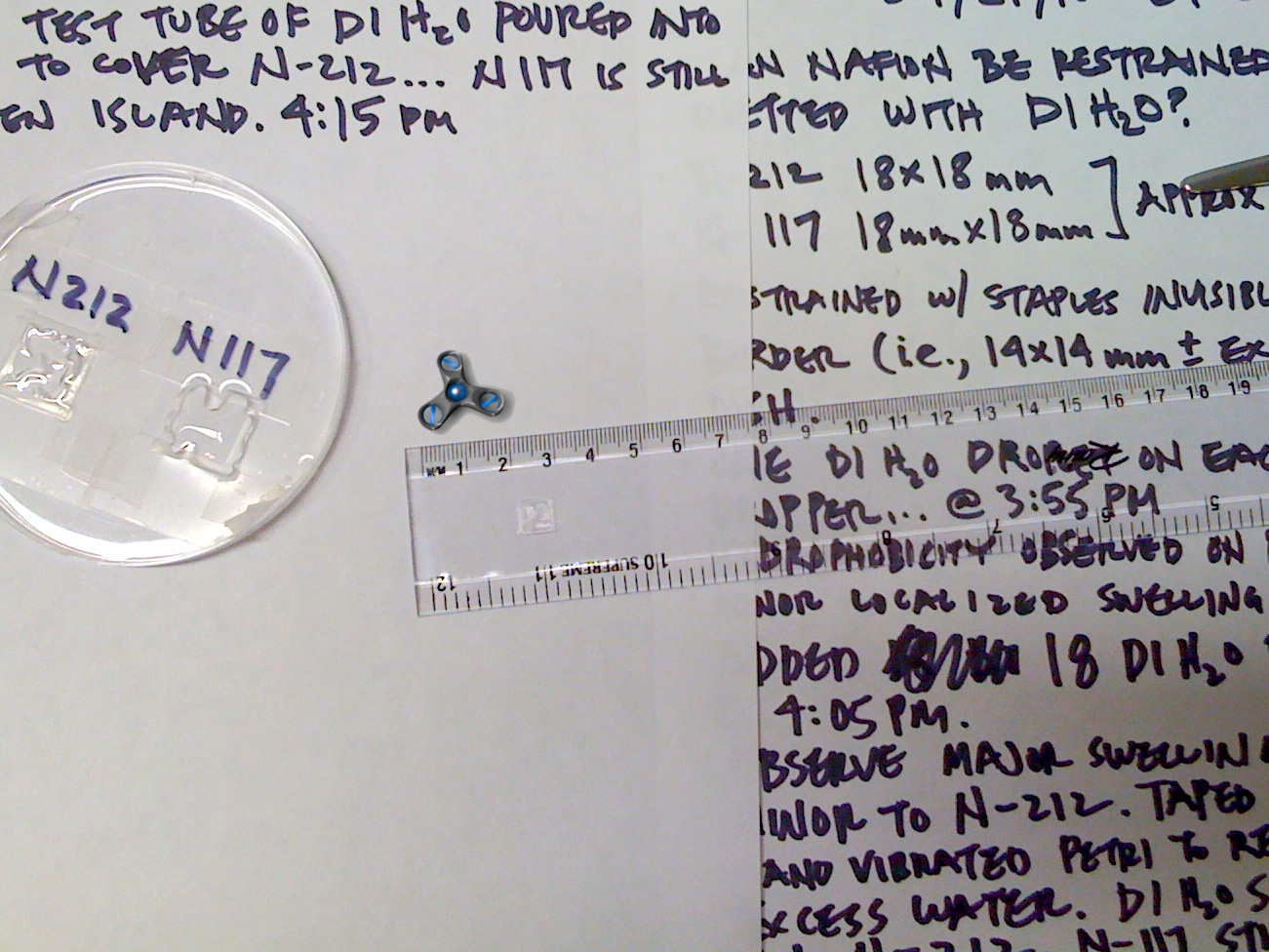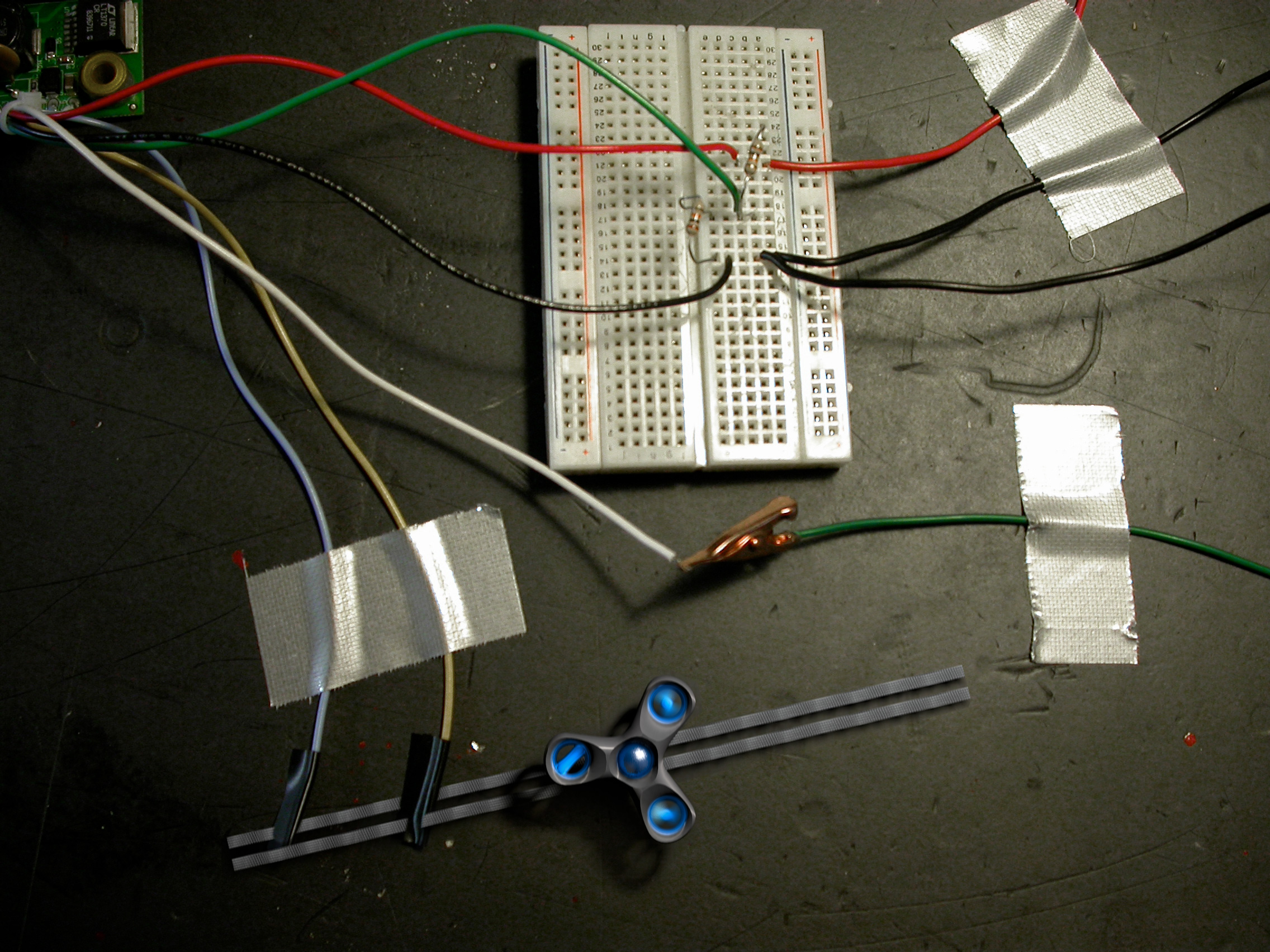In response to a call by the Storefront for Art and Architecture, in New York City, we created a proposal for a future architectural competition. Storefront’s intention was “… to provide and deliver new and relevant forms of engagement and content to the economic, politic and social systems that currently act as the voice of authority for the development of our cities.” They invited architects, artists, economists, philosophers, writers, and citizens to create interdisciplinary teams “… to formulate the questions of our time and define the agents that should pursue the task to ask and commission the visions for the future in the form of a competition brief.”
Our submission asked: How can architecture balance the public benefits of expanded surveillance and the desire for privacy?
We proposed an open ideas competition that asks architects to examine the implications of an entirely new kind of urban surveillance platform of the future, called BLISS, and to demonstrate how its integration into the built environment might strike a reasonable balance between our interests in security and our values of privacy.
BLISS is an acronym for Better Living through Intuitive Soft Surveillance. The program is envisioned as part of a larger initiative toward expanded domestic surveillance, one that exploits various emerging technologies in its pursuit of real and illusory (e.g., diversionary) forms of information collection. The program would not engage in digital data collection and Internet surveillance; rather, BLISS would focus on tangible assets and physical evidence.
An important part of the BLISS initiative would involve the incorporation of a new generation of extraordinarily small Micro Air Vehicles (MAVs) into the built environment, for observational purposes. These MAV drones would be about the size of an eyeball and could not initiate any action that would be considered threatening to life or property, even if they were to act as a swarm. But MAVs are also very difficult to detect and are designed to operate discreetly, autonomously; so they do introduce certain challenges with respect to balancing public interest and individual privacy.

Hence, this proposal for an open ideas competition was created to identify challenges presented by MAVs in our cities, and to demonstrate how these challenges might be overcome. We asked architects to consider how our buildings and cities might be designed to accommodate a program such as BLISS, one which would need to negotiate a balance a between the public benefits of expanded surveillance, and the desire for privacy. And, to get them thinking about the large impact of these tiny technologies, we created the images shown here, along with a few others.
You can download the full BLISS proposal here.





